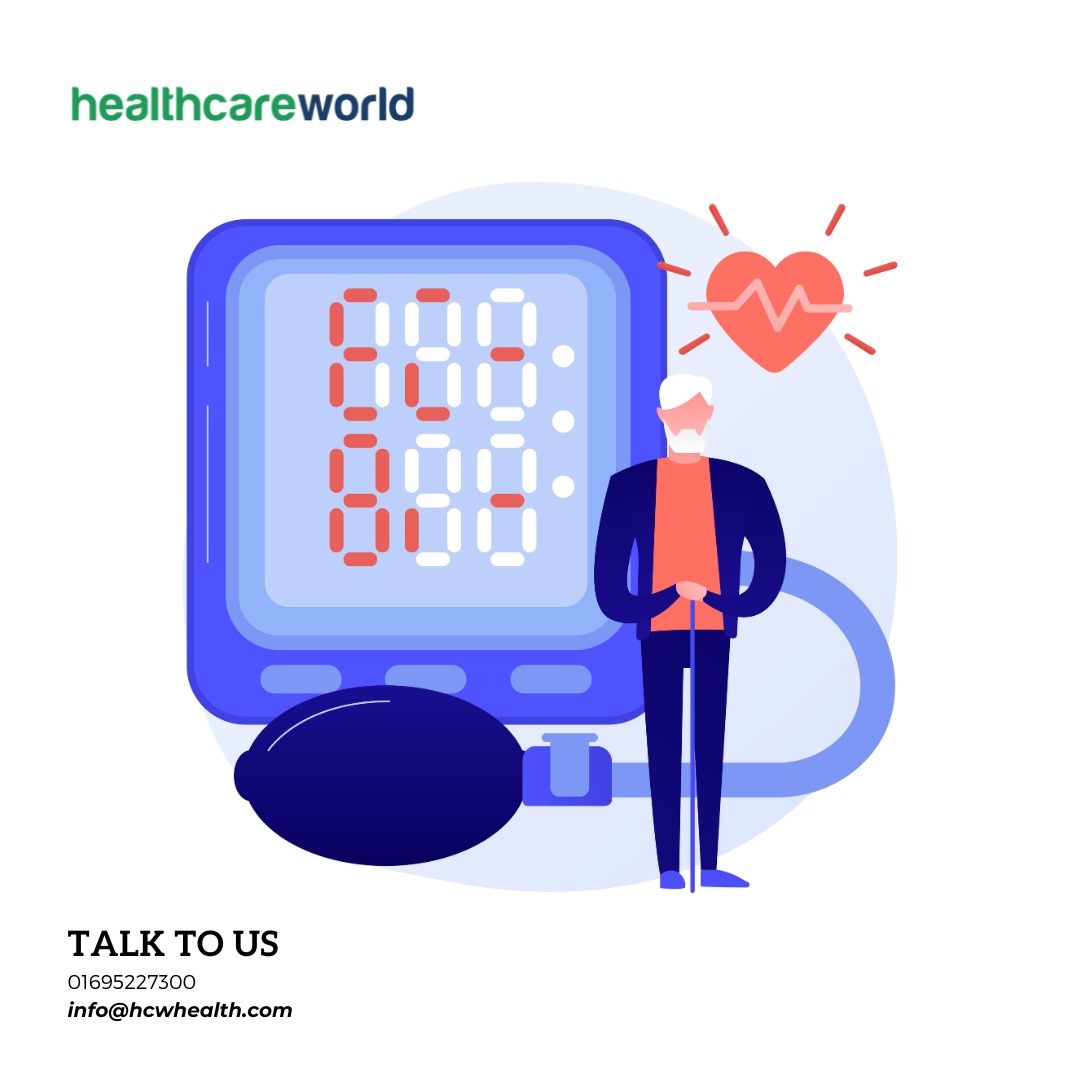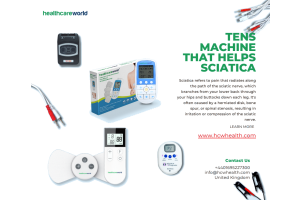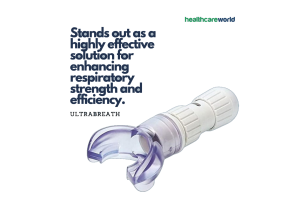We use cookies to make your experience better. To comply with the new e-Privacy directive, we need to ask for your consent to set the cookies. Learn more.
Blood Pressure: A Serious Problem Worldwide

Blood pressure is the force of blood pushing against the walls of your arteries. It is measured in two numbers: systolic and diastolic. Systolic blood pressure is the pressure when your heart beats. Diastolic blood pressure is the pressure when your heart is at rest.
Blood pressure that is too high or too low can be a sign of a health problem. High blood pressure, also known as hypertension, is a major risk factor for heart disease, stroke, and kidney failure. Low blood pressure, also known as hypotension, can cause dizziness, fainting, and other problems.
The Situation of Blood Pressure Worldwide
According to the World Health Organization (WHO), high blood pressure affects more than 1.28 billion adults worldwide. This number is expected to rise to 1.5 billion by 2025. The highest rates of high blood pressure are found in low- and middle-income countries.
In the United States, about 30% of adults have high blood pressure. This number is even higher among African Americans, Hispanics, and Native Americans.
The Importance of Tracking Blood Pressure
It is important to track your blood pressure regularly, even if you do not have any symptoms of high blood pressure. This is because high blood pressure often does not cause any symptoms until it is too late.
You can track your blood pressure at home with a blood pressure monitor. Blood pressure monitors are available for purchase at most pharmacies and online retailers.
How to Use a Blood Pressure Monitor
To use a blood pressure monitor, follow these steps:
Wrap the cuff around your upper arm, making sure that it is snug but not too tight.
Sit in a comfortable chair with your back supported.
Place your arm on a flat surface.
Turn on the blood pressure monitor.
Follow the instructions on the monitor to inflate and deflate the cuff.
The monitor will display your systolic and diastolic blood pressure readings.
Tips for Using a Blood Pressure Monitor
Here are some tips for using a blood pressure monitor:
Use the same arm each time you measure your blood pressure.
Measure your blood pressure at the same time each day.
Sit in a comfortable chair with your back supported.
Rest your arm on a flat surface.
Don't talk or move during the measurement.
Repeat the measurement two or three times to get an accurate reading.
See a doctor if
Your blood pressure is consistently high or low.
You have any of the symptoms of high blood pressure, such as headaches, dizziness, or shortness of breath.
You are taking medication for high blood pressure.
Blood pressure is an important part of your overall health. By tracking your blood pressure regularly, you can help to keep your heart healthy and prevent serious health problems.






